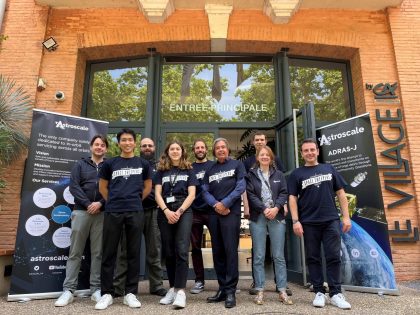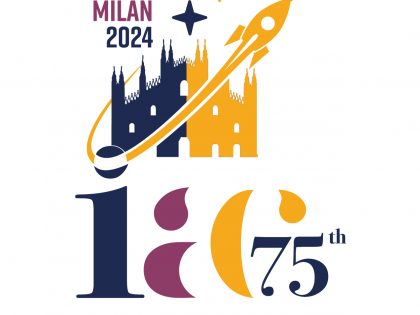

In 1957 the first artificial satellite Sputnik-1 was launched, setting humankind on a course that would lead to a deep reliance on satellite data and technology. Now, 60 years on and over 8,000 satellite launches later, satellites are part of our critical international infrastructure and are intrinsic to our daily lives
Each day billions of people around the world rely on data from satellites to go about their lives. We exchange messages, talk to family and friends, check the weather, manage finances and undertake numerous other tasks. In addition, satellites are used to manage and mitigate natural disasters, monitor the Earth’s climate and well-being and provide information for national security. In short, without satellite data, the lives of people around the world would be dramatically different.
Unfortunately, just as humans have polluted the oceans, air and land, we have left a tangible and potentially dangerous mark in Earth’s orbit – leaving defunct satellites and spent rockets in space that increase the threat for current and future missions.
Over the past few years, Space Situational Awareness (SSA) and Space Traffic Management (STM) have become important topics of discussion around the world as government and industry begin to recognize and address this escalating problem.
According to figures released in January 2019 by the European Space Agency (ESA) Space Debris office, the data is as follows (all numbers are approximate):
The number of debris objects estimated to be in orbit is:
We don’t see these satellites or the millions of pieces of debris in orbit, but they are there, presenting a growing hazardous environment for existing and future space missions.



© Astroscale 2024. Web by Eldo Web Design. | Terms & Conditions | Privacy Policy
